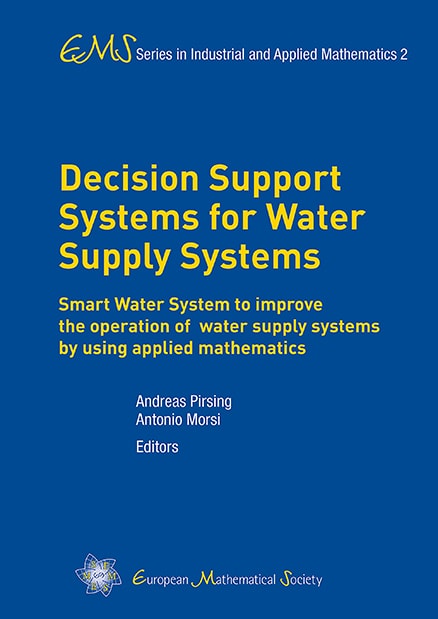Demand forecast
Patrick Hausmann
Hochschule Bonn-Rhein-Sieg, Sankt Augustin, Germany

A subscription is required to access this book chapter.
Abstract
The following chapter deals with the statistical demand forecast for the waterworks in Dorsten-Holsterhausen, which was developed during the EWave research project. Basic principle for the forecast development was the assumption that demand levels on similar days (e.g. every Monday in February) are equal. Therefore the historical demand levels were analysed and classified depending on time, day and year (clustering). The historical data was provided by the water supply company RWW as hourly measured time series values from a period of several years. After the analysis, demand changes were fitted with first order polynomials (regression lines). Thereby forecast values with a time resolution of one hour could be calculated. To avoid discrete transitions between forecast values and increase their time resolution a spline interpolation was carried out afterwards. It allowed artificial time resolutions of up to one second and guaranteed continuously differentiable forecast values. In the end forecast results were compared with current measures at RWW to determine and analyse accuracy and quality of the forecast program.